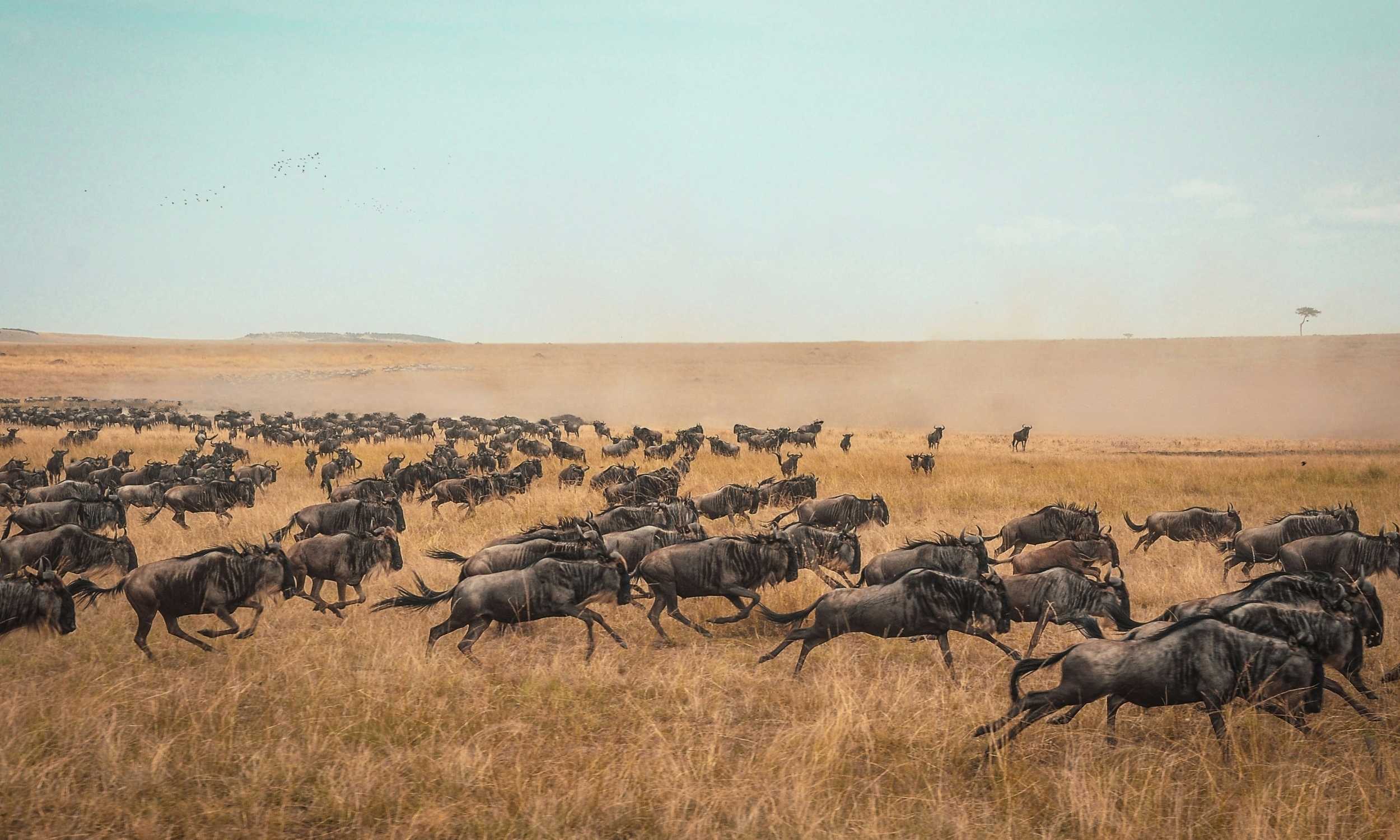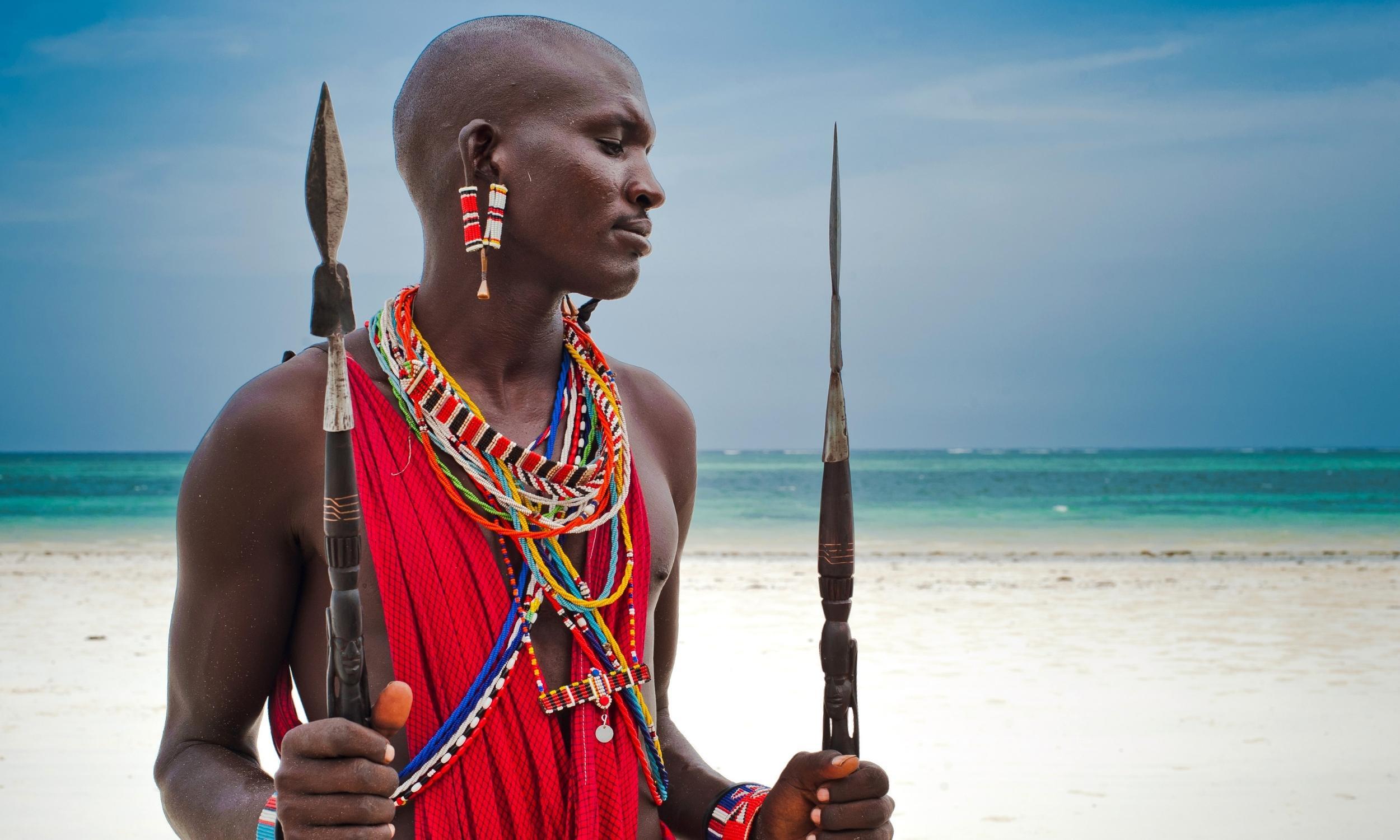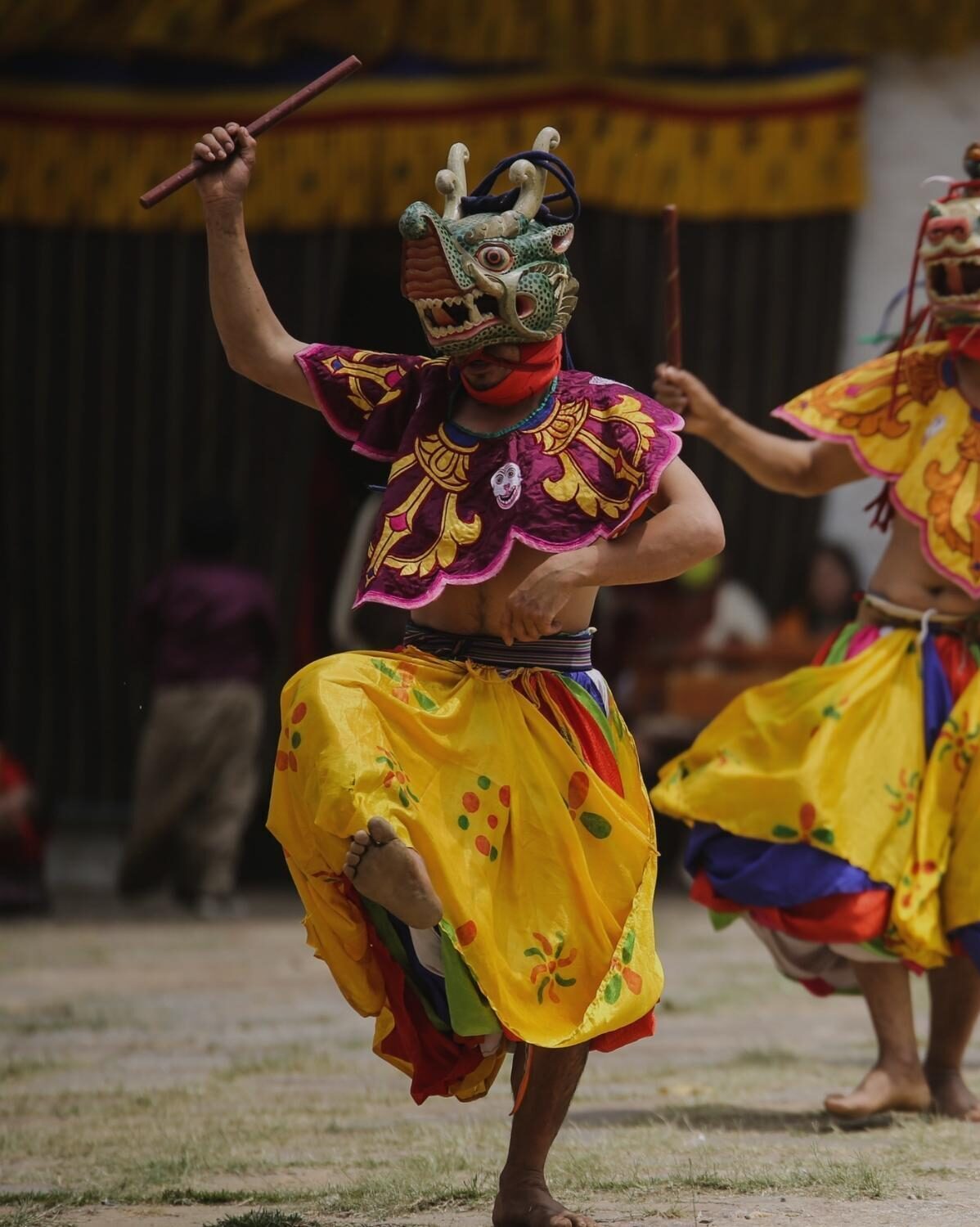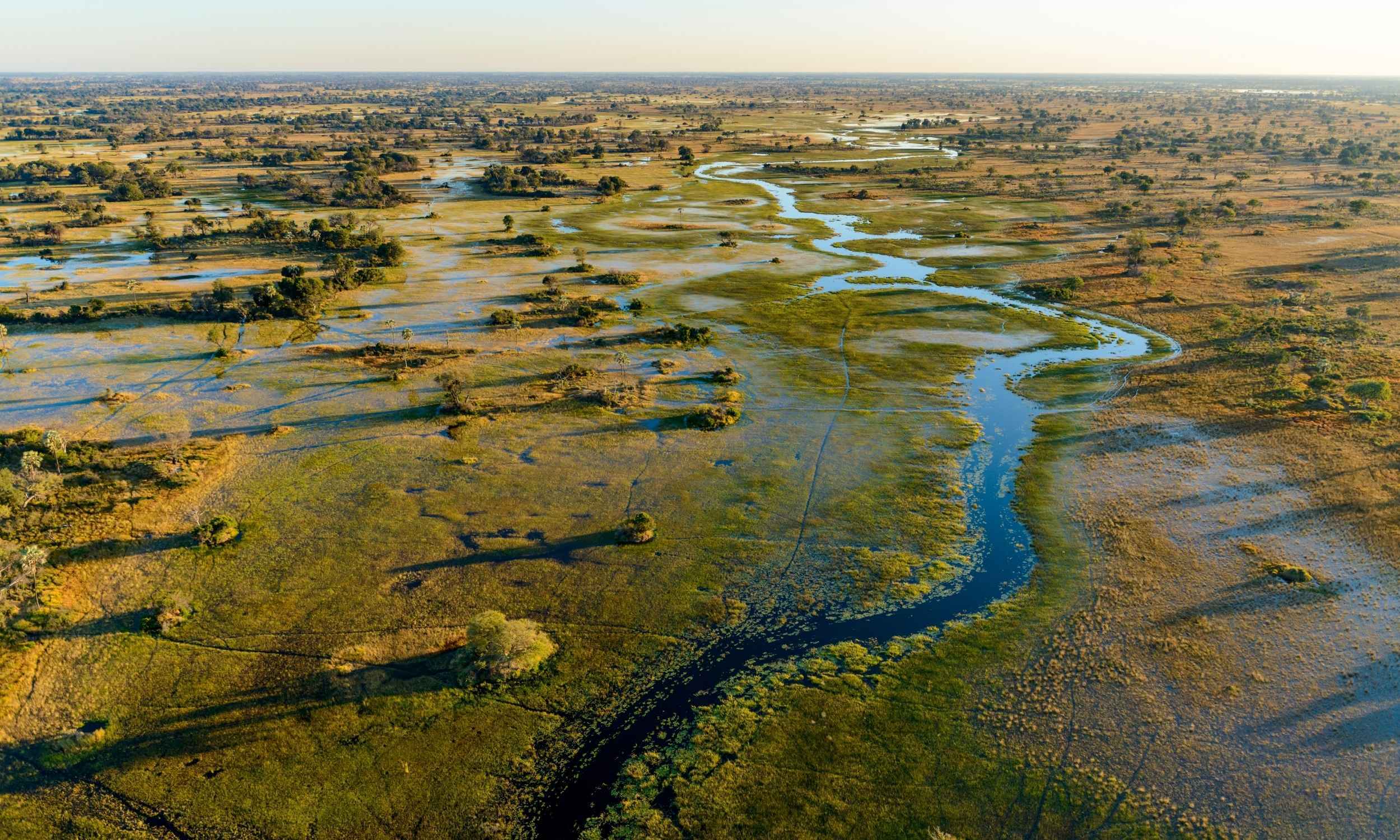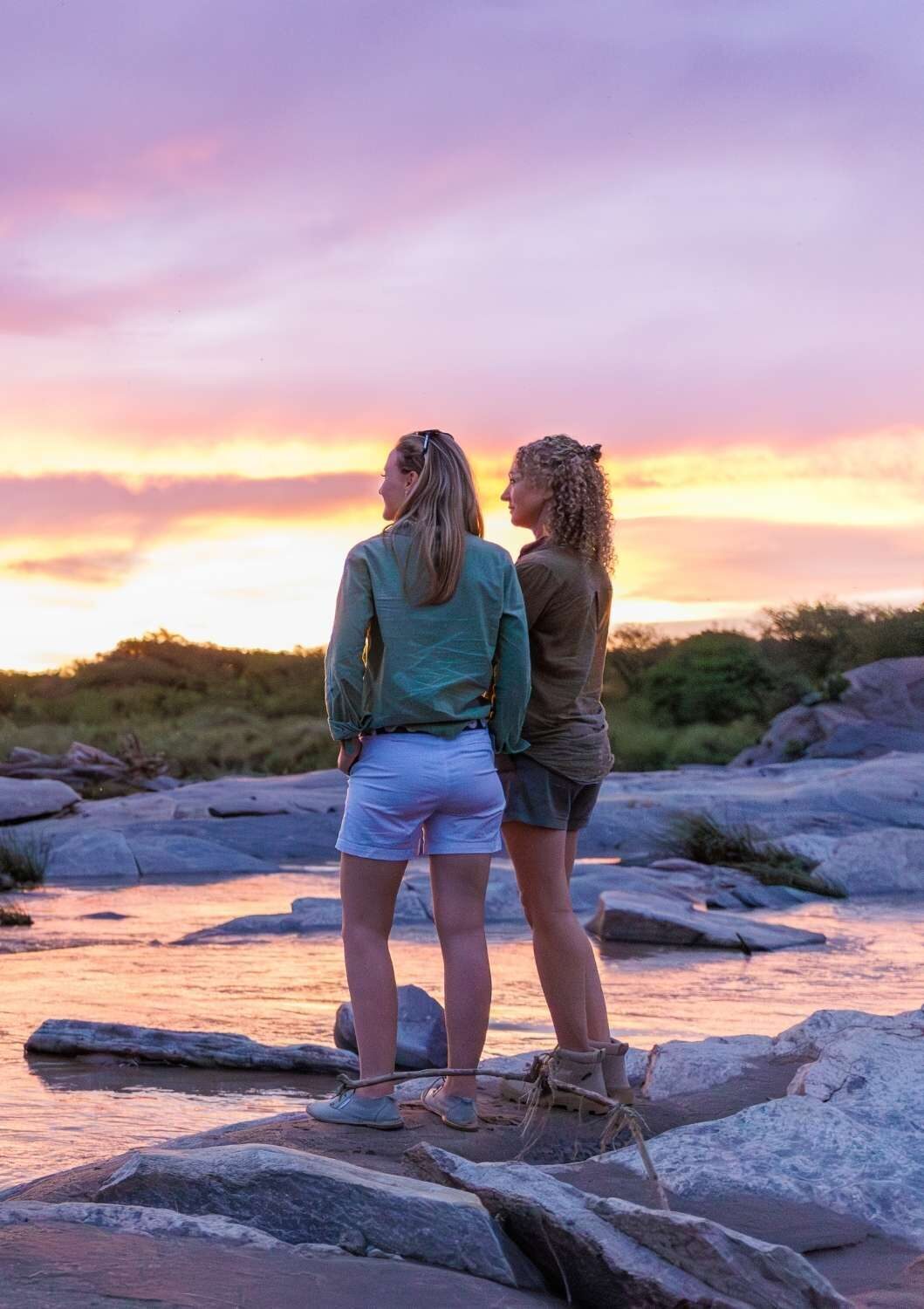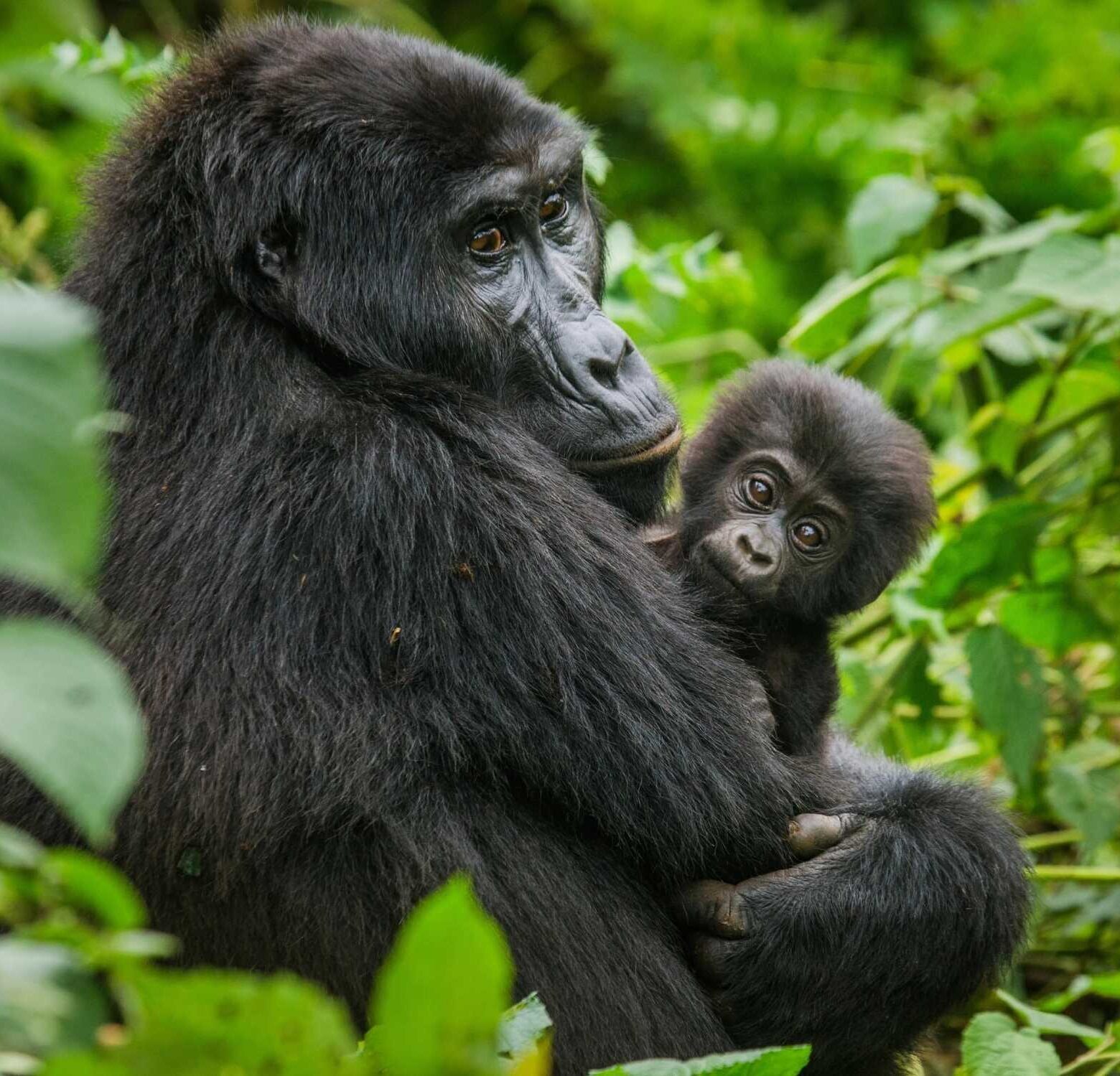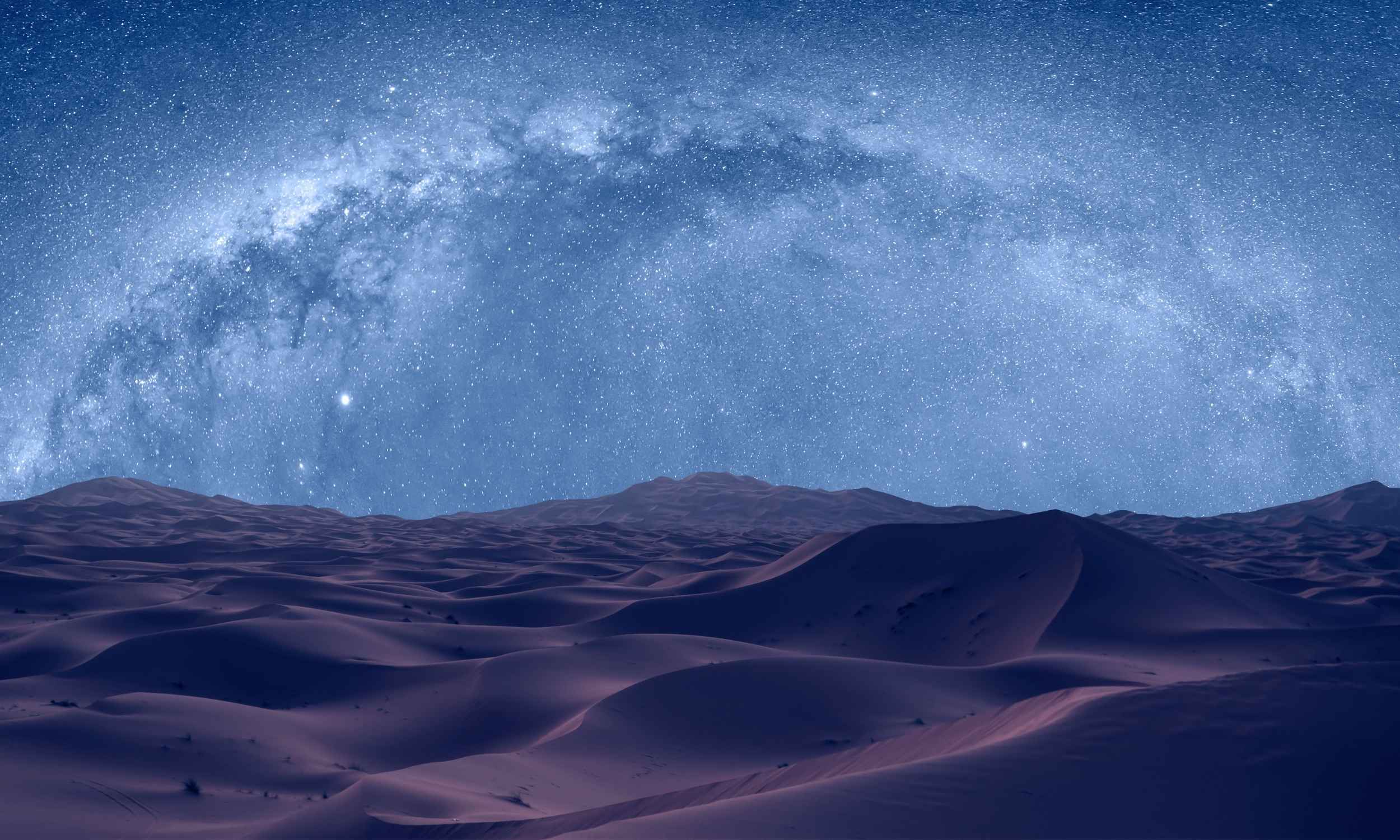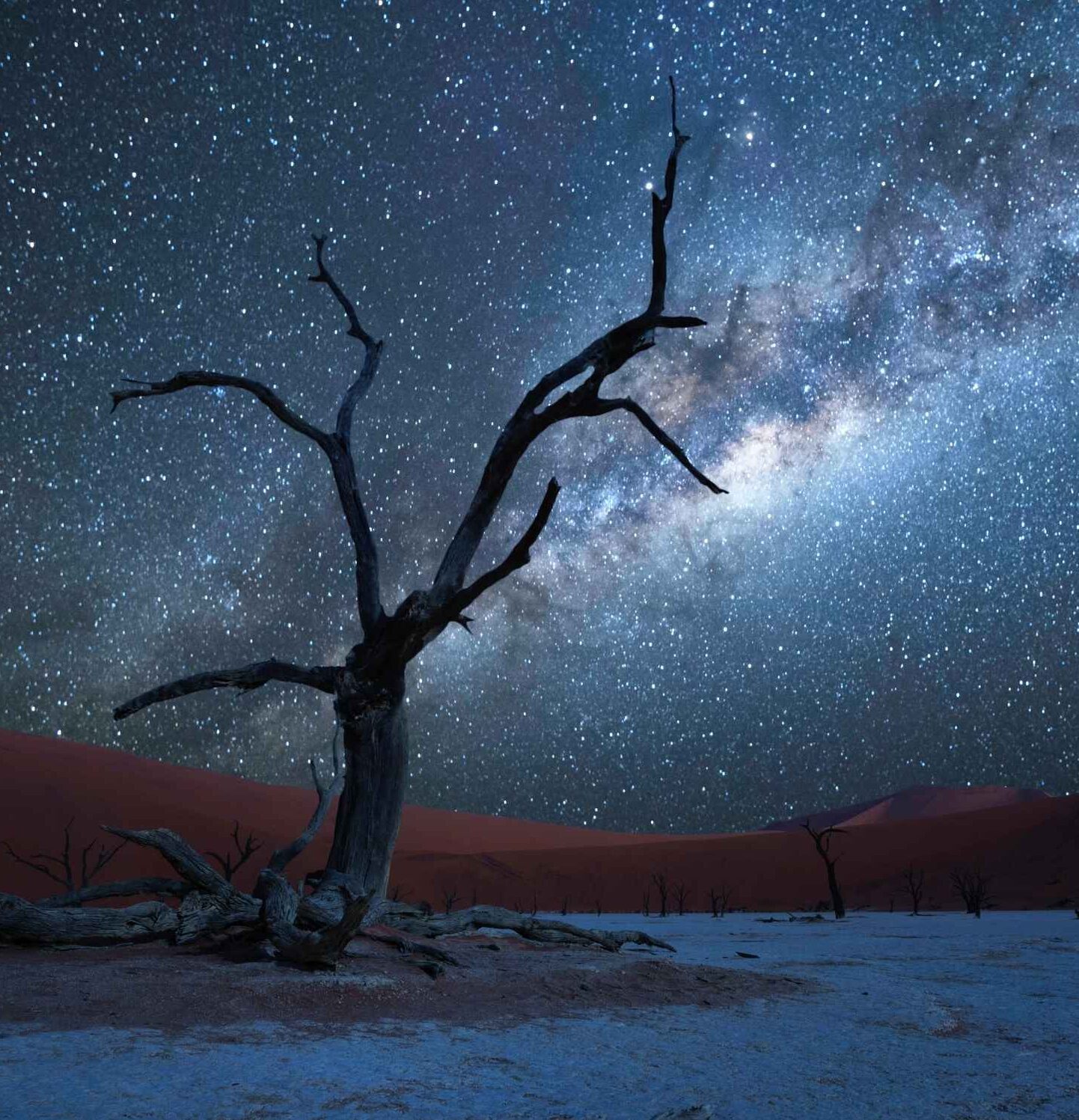
Photography Tips for Your Safari Adventure
There are moments on safari that defy words, a lion stirring just before dawn, the quiet elegance of giraffes threading through acacia trees, or golden light catching the dust as elephants move across the plains. For many of our travelers, capturing these fleeting scenes through a lens becomes as much a part of the journey as the game drives themselves. With so many of our guests preparing for their next adventure, we wanted to share a few thoughtful insights from one of the people who lives this experience every day: a guide whose lens captures the Mara as a living, breathing canvas, never merely scenery, but part of the story.
On a recent journey through Kenya and Tanzania, Leora crossed paths with Joseph, a guide at Ishara. Beyond his natural command of the land, Joseph possesses a gift for seeing its quiet poetry through the camera. After returning home, we reached out to him for his perspective, to reveal what truly makes a photograph meaningful while on safari. This guide is for anyone who wants to return with more than memories, images that feel alive with story and soul.
Light is Everything
The single most important tool in your photographic arsenal? Light. Joseph reminded us that the African bush is at its most photogenic during the "golden hours", just after sunrise and right before sunset, when the light is soft, warm, and forgiving. It's in these moments that colors bloom, shadows lengthen, and silhouettes become painterly. If you're heading out in the early morning or late afternoon, resist the urge to snap everything at once. Pause. Watch the way light moves across the landscape. That awareness alone can transform an ordinary image into something quietly spectacular.



Phone Photography: Make the Most of What You Have
You don’t need professional equipment to capture beautiful images. While some travelers may choose to use their phones for convenience or spontaneity, Joseph noted that knowing how to make the most of whatever device you have is more important than the equipment itself. A few tips:
- Keep your lens clean. Dust is everywhere, and a quick wipe can dramatically improve image clarity.
- Tap to focus. Most phones allow you to tap the screen to set focus and light exposure. Use this to highlight your subject.
- Avoid zooming in too far. Digital zoom can reduce quality. Instead, try to compose your shot wider and crop later.
- Stabilize. Lean against the vehicle frame or use both hands to reduce motion blur.
Phones excel at capturing atmosphere, landscapes, and moments as a whole. Don’t worry if your lion isn’t filling the frame; let the environment tell the story too.

If You Bring a Camera
For those traveling with dedicated camera gear, Joseph recommends packing light but smart. Two lenses can cover nearly all safari situations:
- A wide-to-standard zoom (24–70mm) for landscapes, vehicle portraits, and storytelling shots with a sense of place.
- A telephoto zoom (100–400mm) for wildlife. This range allows for flexibility, whether an elephant herd is nearby or a cheetah sits at a distance.
More than the lens itself, what matters most is learning how your camera responds to light and motion. Joseph suggests practicing before your trip so you can respond instinctively when the moment appears, because on safari, it often appears only once.



Understand the Basics:
Aperture, Shutter Speed, and ISO
Whether you're using a phone or a camera, understanding just a few core settings can help elevate your photography. We've also put together a handy photography cheat sheet you can use as a reference on safari - download it here.
- Aperture (f-stop): This controls how much light enters the lens and how much of the image is in focus. A wider aperture (lower f-number) lets in more light and blurs the background, while a narrower aperture (higher f-number) keeps more of the scene sharp.
- Shutter Speed: This affects how motion is captured. Fast shutter speeds freeze action; slower ones introduce motion blur. Joseph recommends using at least 1/1000 of a second when photographing wildlife to counter hand shake and movement.
- ISO: This adjusts the camera’s sensitivity to light. A lower ISO is best for bright scenes, while higher ISO helps in low light. Joseph suggests keeping ISO on auto for safari, where quick reactions matter more than perfect settings.
The Art of Stillness
One of the most common mistakes Joseph sees is a rush to capture rather than to see. Guests often shift too quickly or stand abruptly in the vehicle, startling the animals and missing the moment. Great wildlife photography is born of patience. Stillness allows animals to relax into their natural behavior, and it gives you the gift of witnessing something real.
Look for detail, the tension in a lioness’ shoulders before a chase, or the way a baby elephant mimics its mother’s movements. These are the quiet moments that carry the deepest emotional weight.

Composition: Framing the Story
Joseph likens the camera frame to a canvas. What you choose to leave out is as important as what you include. A few compositional tips he offers:
- Use the rule of thirds. Placing your subject off-center often creates more dynamic balance.
- Play with negative space. Allow for breathing room around your subject to convey scale and isolation.
- Vary your angles. Try shooting from a lower perspective or through grass to add depth.
- Let the background support the story. A lone elephant against the open sky evokes something very different than the same animal in a dense bush.

Respect the Wild
Photography should never come at the expense of the animals. Joseph is passionate about this. He urges guests to avoid flash, loud noises, or any attempt to lure wildlife closer. "If you’re meant to have the shot, it will come," he says. The best images emerge from mutual respect: you, as a quiet observer, and the animal, undisturbed in its world.
A Moment to Remember
Joseph recalls one evening in the Mara when he found himself alone with Faulu, the region's famed blue-eyed leopard. The light had fallen into that soft, spectral blue just after sunset. There were no other vehicles. Just the hush of evening, and Faulu poised beneath an acacia tree.
“I remember holding my breath,” Joseph told us. “Everything was still. The kind of stillness that makes you feel like you’re part of something ancient.”
He didn’t raise his camera right away. “It felt wrong to rush it. She looked straight at me. I waited. Then, just for a moment, the light caught her eyes.” When he finally clicked the shutter, the resulting image captured more, it held the emotion of the moment. Solitude, reverence, stillness. “It’s not the sharpest or most dramatic photo I’ve ever taken,” Joseph says, “but it’s the one that always brings me back.”
Equipment Rentals: A Seamless Option
If you’re traveling without your own camera gear, many luxury camps, including Ishara, offer photography equipment rentals. Ishara Mara, for example, partners with Canon to provide guests with access to cutting-edge cameras and telephoto lenses, perfect for capturing close-ups and crisp detail without the weight of travelling with bulky gear. If this is something you're interested in for your next journey, simply let your Travel Designer know.



See with Presence,
Remember with Heart
You don’t need to be a professional to capture something extraordinary. You just need presence. Joseph’s reflections remind us that photography on safari is a practice of presence. It’s a way of witnessing and connecting, of returning home with images that hold both the scene and the feeling it stirred.
We extend our warmest thanks to Joseph of Ishara for generously sharing his time and insight. His deep love for the land and gift for storytelling through photography is a reflection of everything we value at Rothschild Safaris: connection, wonder, and thoughtful adventure.
Let us help you plan a journey that is as unforgettable as the landscapes you'll explore.


























































